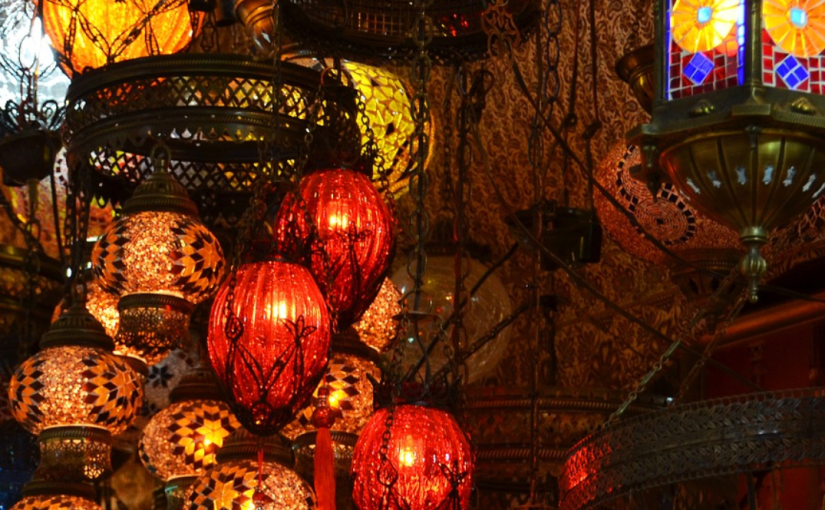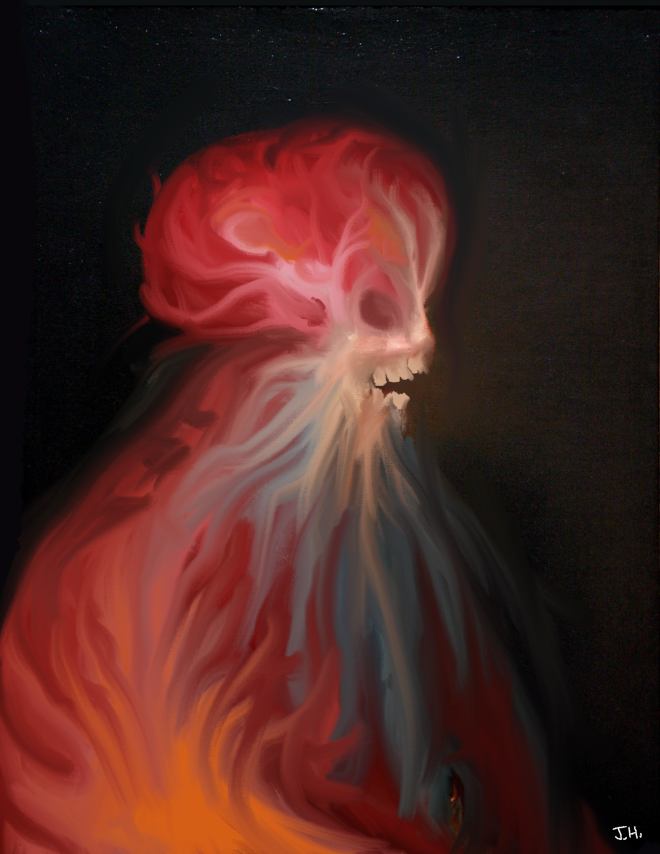I was on the internet.
People on Youtube was arguing over whether Aladdin was Indian or Arabic or Persian. The new Aladdin movie apparently looked too Bollywood to some people. Cue the comments full of people ignorant of ancient global trade, the silk road, or the true origins of Aladdin.
I present the following:
1) Aladdin was not part of the 1001 nights, nor was it an Arabic folk story. The story first appeared in the french translations of the 1001 nights by Antoine Galland*, but was added by the translator from a story he heard from Hanna Dayib.
Contemporary Historians now consider Hanna Dayib (1688) to be the true author of Aladdin, and that Aladdin was an original work and a metaphorical semi-autobiography. Hanna Dayib’s autobiography, discovered in 1993, was one of the definitive evidence of this man’s existence outside of Antoine Galland’s diary.
Suffice to say, if Dayib was alive today, he would be one of the most celebrated storytellers and authors alive, given his massive portfolio of stories, including the likes of Alibaba. Any supposedly “authentic” Aladdin manuscripts in Arabic that cropped up later were proven to be black translations, or forgeries translated from the written French back into Arabic.
Incidentally, any stories, including Aladdin, that Hanna Diyab told to Galland was not credited. Diyab worked as a cloth merchant after he returned from France. Ah, rich Europeans stealing from the poor foreigners. That happens a lot.
3) In the newest Disney live action adaptation of Aladdin (2019), people have noted the multicultural (specifically Indian) influences in a supposedly Arabic setting. That’s fair.
However, in real life, it does makes sense for ancient Arabic/Iranian cultures to have significant contact with India, and be multicultural.
The three ancient metropolises (each sporting a population of a million people) were Constantinople (Eastern Rome), Baghdad (Abassid Caliphate), and Chang’an (Tang China). Before Baghdad was built, the main metropolis of the area was the ancient Persian Capital of Seleucia-Ctesiphon.
And between them was the entire global economy of the ancient world via the Silk Road which begin at the Gates of Chang’an, or so the saying goes.
Furthermore, both the Umayyad and Abbasid Caliphates controlled parts of India, and later on, the Mughal Dynasty.
Therefore, Agrabah having cosmopolitan influences is sensible.
The 2019 Aladdin does have some lyrical changes to accommodate our more modern understanding of other cultures however.
“Oh, imagine a land, it’s a faraway place
Where the caravan camels roam
Where you wander among every culture and tongue
It’s chaotic, but hey, it’s home”
— Aladdin 2019.
Contrasted to:
“Where they cut off your ear if they don’t like your face
It’s barbaric, but hey, it’s home
Where it’s flat and immense and the heat is intense
It’s barbaric, but hey, it’s home”
— Aladdin 1992



